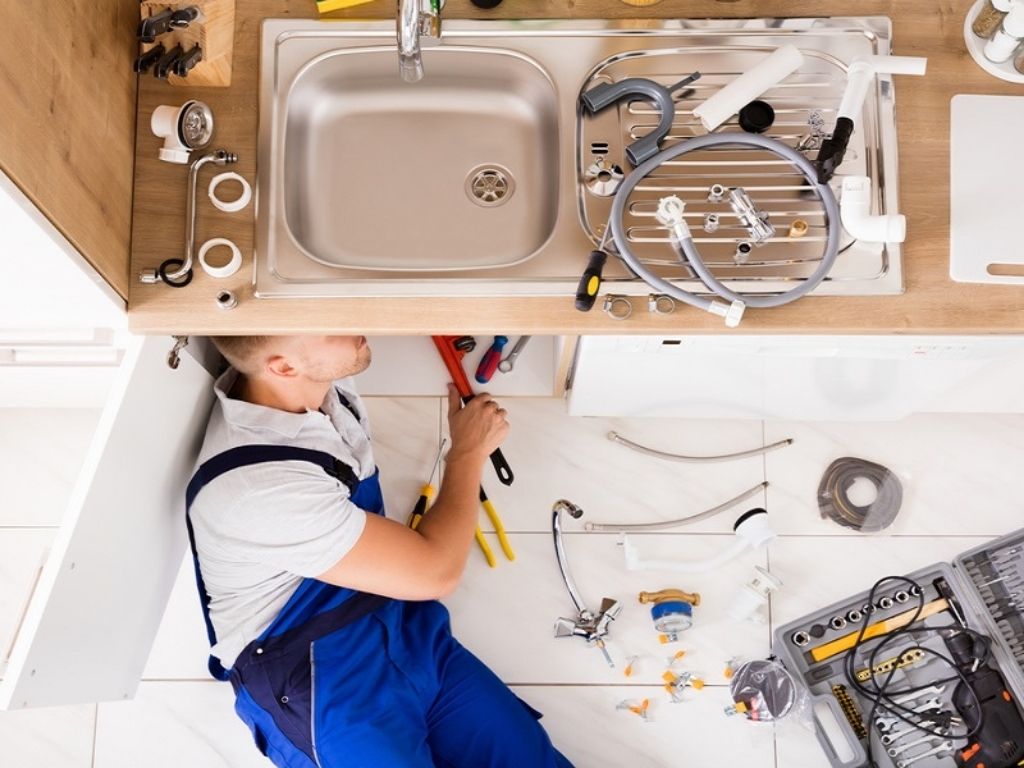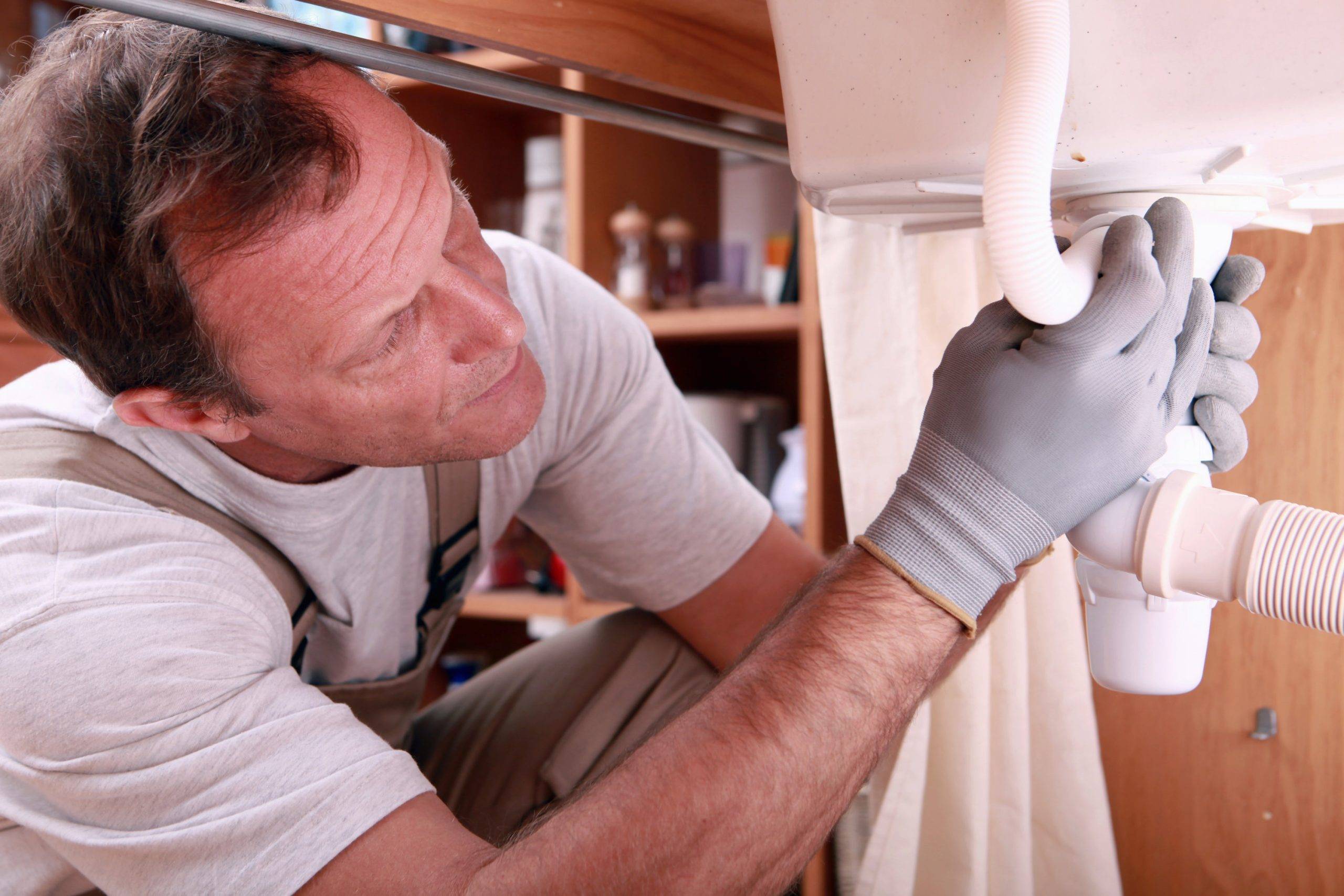Emergency Solutions for Plumbing Issues in Rental Properties
Emergency Solutions for Plumbing Issues in Rental Properties
Blog Article
The author is making several great points regarding Plumbing Maintenance and Repair in your Rental Property overall in this content following next.

Taking care of pipes issues in rental buildings successfully is essential for maintaining lessee contentment and protecting the home's worth. Whether you're a property manager or a residential property manager, recognizing how to address these typical troubles can conserve you money and time while guaranteeing compliance with lawful obligations. Right here's a step-by-step overview on how to take care of plumbing problems in rental buildings.
Paper Whatever
Keep detailed documents of all reported pipes problems and the activities taken to solve them. Paperwork must consist of days, summaries of the issue, communication with tenants, and invoices from contractors or plumbers. This info can be essential for insurance coverage claims, tax deductions, and legal security.
Usage Qualified Professionals
Always utilize qualified and insured professionals for significant plumbing fixings and installations. This guarantees that the work is up to code and can help prevent responsibility problems in case of crashes or additional damage. It additionally guarantees occupants that repair services are being handled expertly.
Develop Clear Communication
Urge occupants to report any plumbing concerns as soon as they happen. Give numerous communication channels such as phone, e-mail, or a tenant portal to make it easy for them to connect. Trigger feedbacks to these reports can prevent small issues from rising into major problems.
Enlighten Lessees
Inform your renters concerning what makes up a plumbing emergency and what does not. Provide standards on how to take care of small concerns themselves, such as utilizing a bettor to unblock a toilet. Additionally, notify them about what they need to prevent putting down drains pipes to avoid clogs, such as oil, coffee premises, and non-biodegradable things.
Routine Upkeep
Execute a regular maintenance timetable for all plumbing systems in your service properties. Routine checks can aid determine and resolve concerns like leaks, slow drains, or rusty pipes before they become serious. Consider working with an expert plumbing professional to evaluate the homes every year or semi-annually.
Quick Action to Emergencies
Have a plan in place for replying to plumbing emergencies. This ought to include having the get in touch with details of dependable plumbing services that use 24/7 emergency situation repairs. Quick action is important to lessen damages in circumstances like ruptured pipes or serious leakages.
Preventive Upgrades
Think about updating older pipes systems and components to more contemporary, efficient designs. This can lower the regularity and severity of plumbing issues and lower lasting maintenance costs. It's additionally a selling factor for potential lessees who value upgrades and modern-day features.
Lessee Move-Out Inspections
Conduct detailed plumbing checks throughout move-out inspections to make certain that any kind of problems are recognized and resolved prior to a new tenant relocate. This protects against conflicts with new lessees over pre-existing problems and ensures the home is in leading condition.
Understand Legal Responsibilities
Know your lawful obligations relating to pipes and basic residential property upkeep. The majority of territories require property managers to guarantee their residential properties are habitable which all pipes systems remain in good working order. Failing to address serious concerns without delay can lead to legal actions from occupants.
Renter Compensations
If a plumbing problem needs immediate interest and the tenant deals with the problem by themselves, have a clear policy in place for compensating expenses. Guarantee renters understand they must get prior authorization for higher-cost repair work unless it's an outright emergency.
Final thought
Managing pipes problems in rental buildings requires a proactive approach and great interaction with occupants. By staying on top of maintenance, responding quickly to emergency situations, and making use of professional specialists, proprietors can keep their buildings in exceptional condition and preserve good partnerships with lessees.
How to Handle Water Damage in a Rental Property
What is Water Damage?
Water damage is harm or destruction caused by water entering areas where it is not supposed to be. It can be caused by a variety of sources and can manifest in different ways. The most common examples of water damage include:
Leaking roof Plumbing leaks Appliance malfunctions Poor drainage Flooding Sewage backup Condensation Tenant negligence HVAC system issues Frozen pipes Is water damage dangerous?
Water damage itself is not inherently dangerous, but it can lead to various hazards and health risks if not promptly and properly addressed. The severity of these risks depends on the extent of the water damage, the source of the water, and how quickly it is mitigated.
Some potential dangers associated with water damage include structural damage, mold and bacterial growth, electrical hazards, water contamination, and pest infestations. In situations where mold and mildew have gone unaddressed, mold can start to develop within 24-48 hours of water exposure, and this can impose a serious health risk to tenants. In particular, mold spores and damp conditions can lead to respiratory issues and even make existing health problems worse, such as allergies, asthma, or immune disorders.
Water Damage in an Apartment - Who is Responsible?
If the water damage is caused by the tenant’s negligence, the tenant is responsible for the cost of repairs. If the water damage is caused by a defect in the property, the landlord is responsible for the cost of repairs. If the water damage is a result of natural causes, such as excessive rain, then the landlord is responsible, since the water intrusion likely occurred due to a defect in the property. Landlord Responsibility water damage in rental property
Since maintaining habitability is the landlord’s legal responsibility, landlords are responsible for any resulting structural damage caused by water damage. These structural damages may include damage to walls, roofs, ceilings, and flooring. If water damage has affected the rental property’s original structure, the landlord is responsible for repairing or replacing those materials. Therefore, landlords should have property insurance that covers the structural components of their rental property so that they can receive help with the costs of covered events.
Preventative measures can also help landlords avoid massive renovations. Preventative maintenance may include conducting regular inspections to identify and address potential water damage before it becomes a major and urgent problem.
If a landlord fails to meet their responsibilities regarding water damage, it can lead to legal disputes and potential liability. Tenants who believe their landlord is not addressing water damage issues in accordance with California law can seek legal advice or contact local housing authorities for assistance.
https://www.goodlifemgmt.com/blog/water-damage-in-a-rental-property/

Do you enjoy reading up on 10 Common Rental Property Repairs? Leave a review down below. We'd be happy to listen to your insights about this entry. In hopes to see you back again later on. Enjoyed reading our piece of writing? Please share it. Let somebody else find it. Bless you for being here. Please come visit our blog back soon.
Report this page